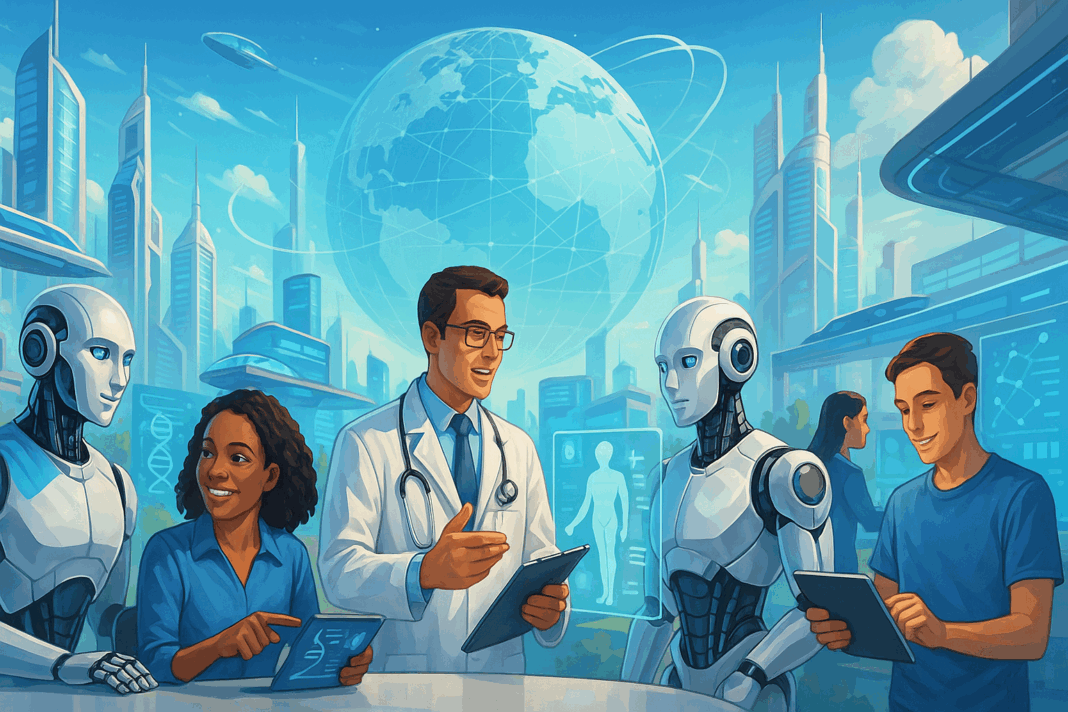Introduction: Exploring the New Frontier of AI and Human Synergy
In the ever-evolving landscape of technological advancement, few topics have generated as much discussion, research, and innovation as artificial intelligence (AI) and its partnership with humanity. The best articles on artificial intelligence highlight a transformative era where the synergy between human capabilities and machine intelligence is no longer a theoretical concept but a burgeoning reality. These articles offer a gateway into understanding the profound changes that AI is instigating across medical research, business, education, and virtually every sphere of human activity. As we stand at the threshold of a new age, it becomes crucial to delve deeply into these narratives to comprehend the vast possibilities and critical challenges that lie ahead. With “AI and human” collaboration at the center, this exploration aims to reveal the delicate balance between empowerment and caution that defines our technological future.
You may also like: Revolutionizing Healthcare: How AI in Medicine Is Enhancing Diagnosis, Treatment, and Patient Outcomes
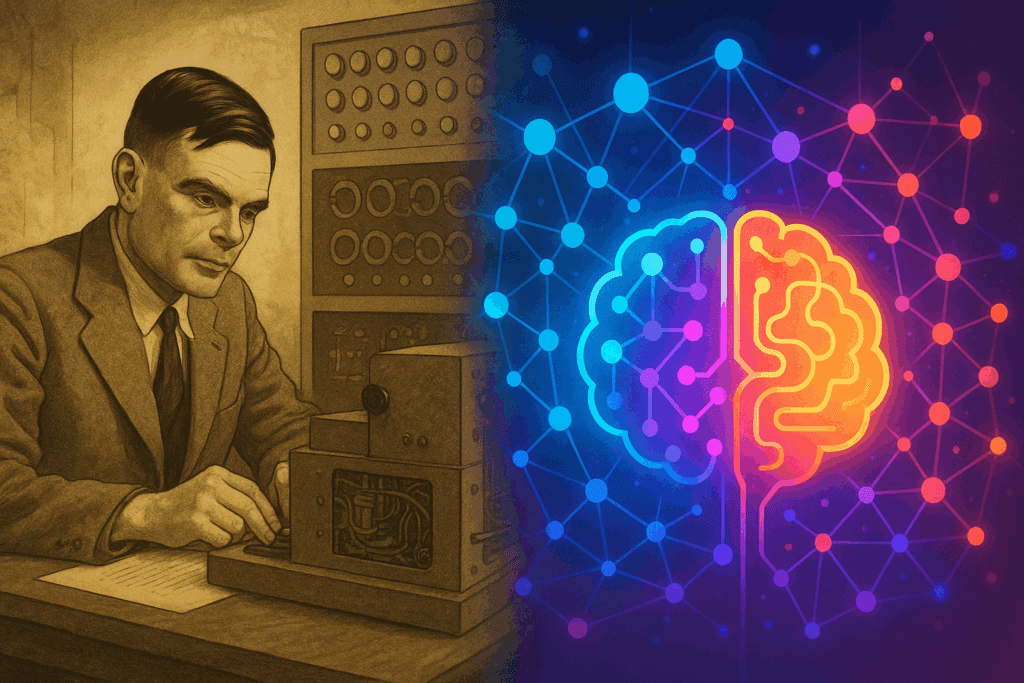
The Evolution of AI and Human Collaboration: A Historical Context
The history of artificial intelligence is a testament to humanity’s relentless pursuit of knowledge and innovation. From Alan Turing’s pioneering work on computational machines to the emergence of deep learning, AI’s trajectory has mirrored the expanding frontiers of human understanding. Early artificial intelligence articles envisioned a world where machines could perform tasks previously thought exclusive to human intellect, such as playing chess or solving complex mathematical problems. However, the journey from rule-based systems to today’s adaptive algorithms marks a significant evolution in AI capabilities.
In the past two decades, the acceleration of computational power, coupled with the exponential growth of data, has fostered a new paradigm. Today, AI systems not only process information but also learn from it, making autonomous decisions in ways that sometimes even elude human explanation. As “AI in the world” becomes increasingly pervasive, industries from healthcare to finance now rely on intelligent algorithms for critical decision-making processes. The symbiotic relationship between AI and human beings has deepened, highlighting the indispensable role of human oversight and ethical stewardship in guiding AI’s evolution.
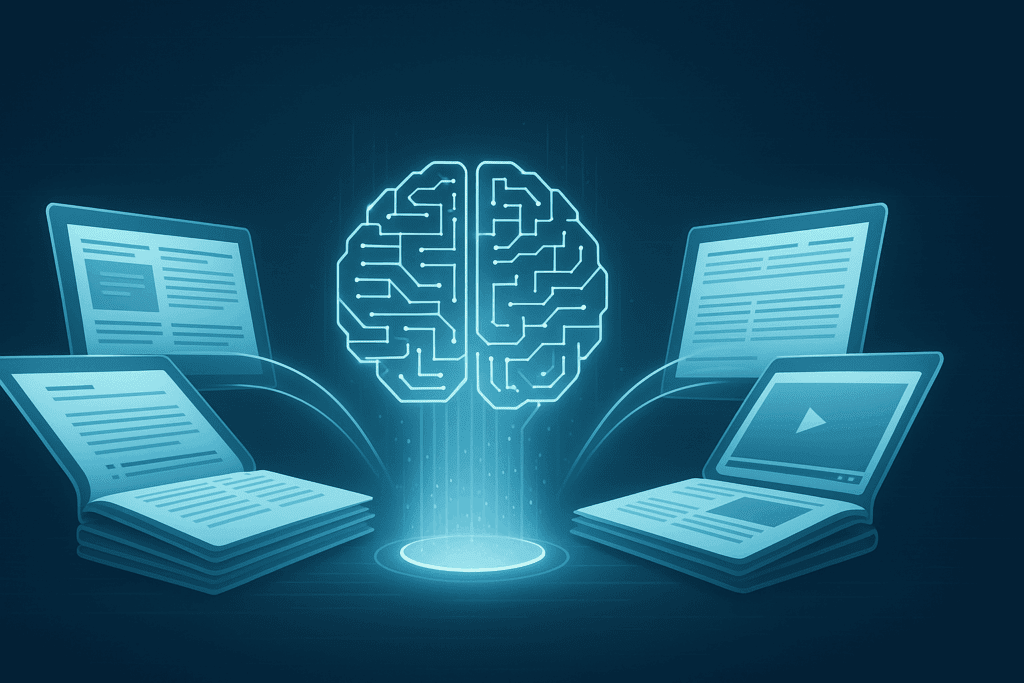
Best Articles on Artificial Intelligence: Shaping Public Perception and Academic Discourse
A critical aspect of understanding the impact of AI lies in analyzing the best articles on artificial intelligence that have shaped both public perception and academic discourse. These writings, appearing in prestigious journals, popular media, and specialized platforms, have offered nuanced perspectives on the promises and perils of AI technologies. They address not only technical advancements but also ethical dilemmas, such as bias in algorithmic decision-making and the potential displacement of human workers.
One common thread running through these articles is the emphasis on collaborative intelligence. Rather than portraying AI as a replacement for human cognition, leading voices argue for a model where AI augments human abilities, offering tools to enhance decision-making, creativity, and productivity. In medical research, for instance, AI-driven systems assist doctors in diagnosing complex conditions with higher accuracy rates, but final decisions remain a human prerogative. Similarly, in education, AI tutoring systems personalize learning experiences without replacing the essential role of human educators. Such balanced narratives help prevent the polarization often seen in discussions about AI, fostering a more informed and pragmatic understanding of “artificial intelligence and the future of humans.”
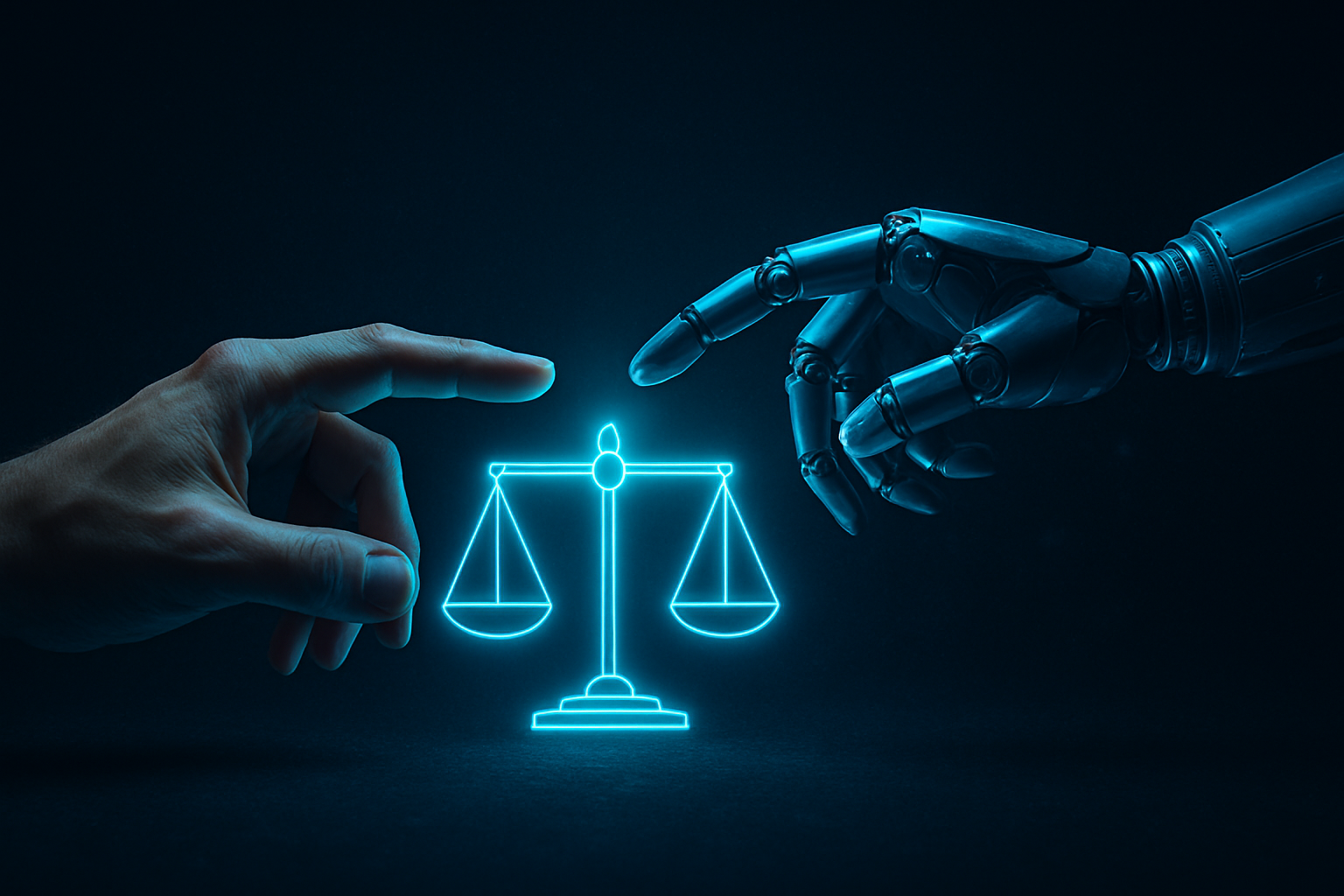
The Rise of AI Data Journal Articles: Fueling Innovation and Ethical Inquiry
The burgeoning body of ai data journal articles has become a cornerstone of contemporary scientific literature. These peer-reviewed studies offer empirical evidence of AI’s capabilities, limitations, and broader societal implications. Unlike popular media coverage, which sometimes veers into speculative or sensationalist territory, academic articles provide a rigorous, evidence-based framework for assessing AI’s real-world applications.
Recent research about AI in medical contexts, for instance, demonstrates how machine learning models can predict patient outcomes based on electronic health records with remarkable accuracy. However, these studies also underscore the importance of data quality, transparency in model development, and the need for interdisciplinary collaboration between data scientists, clinicians, and ethicists. Such findings reinforce the central role of human oversight in AI deployment, ensuring that technological advancements serve the broader goals of public health and well-being.
Moreover, the surge in ai data journal articles has fueled critical ethical inquiries into issues such as privacy, accountability, and the potential for algorithmic discrimination. Scholars advocate for “explainable AI,” emphasizing the need for transparency in AI decision-making processes to maintain trust and accountability. These discussions are not merely academic; they have practical implications for policy development, corporate governance, and everyday interactions between humans and AI systems.
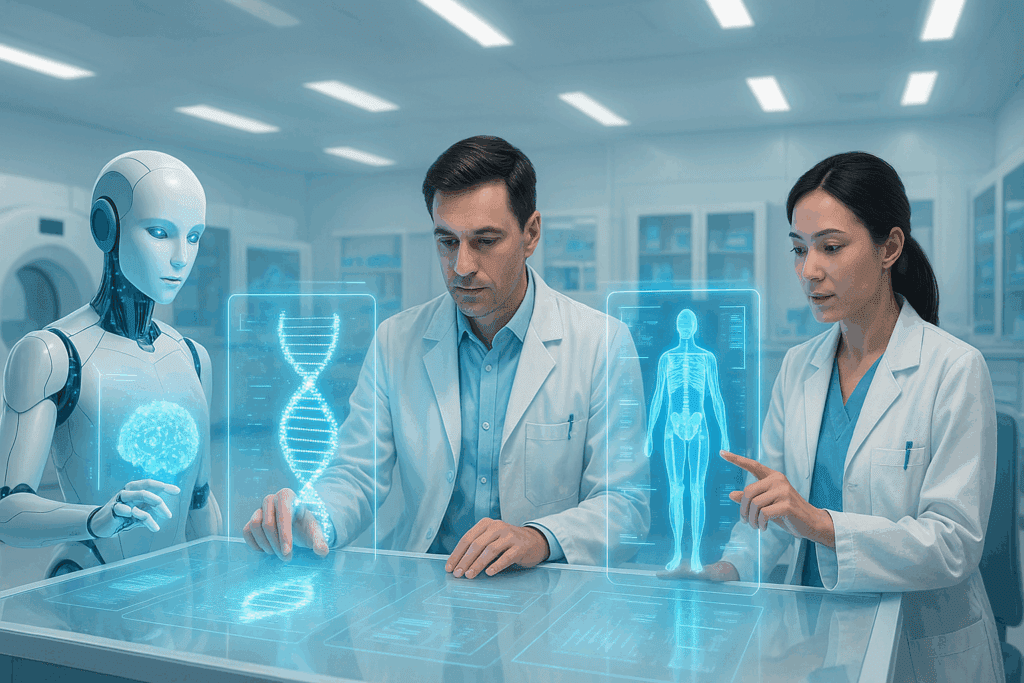
Artificial Intelligence and the Future of Humans: A Delicate Balance
Contemplating “artificial intelligence and the future of humans” invites a profound reflection on what it means to coexist with increasingly autonomous systems. Visionary thinkers like Yuval Noah Harari and Nick Bostrom have warned of both utopian and dystopian outcomes, depending largely on how humanity steers the development and integration of AI.
One of the most compelling insights from the best articles on artificial intelligence is the idea that AI technologies should not dictate human destiny but should be tools that enhance human agency and flourishing. For example, in medical research discoveries, AI can identify novel drug compounds far more rapidly than traditional methods, offering new hope for treating previously incurable diseases. Yet, human judgment remains crucial in interpreting these findings, conducting clinical trials, and making ethical decisions about resource allocation and patient care.
The concept of “human-in-the-loop” AI embodies this balance, ensuring that while machines can process vast datasets and propose solutions, final accountability resides with human actors. This collaborative framework is essential for preserving democratic values, safeguarding human rights, and ensuring that technological progress does not outpace societal readiness or ethical consideration.

Breakthrough Applications of AI in Medical Research Discoveries
The integration of AI into medical research has ushered in a series of breakthrough discoveries that were once thought unattainable. AI algorithms now analyze genetic sequences, medical imaging, and epidemiological data with unprecedented speed and precision. In oncology, for instance, AI-powered imaging systems can detect tumors at earlier stages than traditional methods, significantly improving patient prognosis.
Moreover, AI facilitates personalized medicine by identifying biomarkers that predict individual responses to treatment, allowing for tailored therapeutic strategies. This shift towards precision medicine exemplifies the transformative impact of “ai and human” collaboration in healthcare, where human clinicians and AI tools work in tandem to deliver superior patient outcomes.
However, alongside these successes come important ethical considerations. The reliance on vast datasets raises questions about patient privacy and consent. Furthermore, ensuring that AI models are free from bias is critical to avoiding disparities in healthcare outcomes. Thus, while the benefits of AI in medical research are profound, they must be pursued within a framework of robust ethical oversight and human-centered values.
How the Best Articles on Artificial Intelligence Illuminate Collaborative Intelligence
Exploring how the best articles on artificial intelligence illuminate the concept of collaborative intelligence reveals a compelling vision for the future. Collaborative intelligence refers to the dynamic partnership between humans and AI systems, where each complements the other’s strengths. Humans bring contextual awareness, moral reasoning, and emotional intelligence, while AI contributes data processing, pattern recognition, and scalability.
In the corporate world, this synergy is evident in areas such as customer service, where AI chatbots handle routine inquiries, freeing human agents to tackle more complex issues requiring empathy and nuanced judgment. In scientific research, AI accelerates data analysis, allowing human researchers to focus on hypothesis generation and interpretation. In creative fields, AI tools assist artists and writers by suggesting ideas or generating drafts, while humans refine and imbue the final product with meaning and aesthetic value.
The best articles on artificial intelligence emphasize that realizing the full potential of collaborative intelligence requires thoughtful design, ongoing human oversight, and an unwavering commitment to ethical principles. It is not merely about making machines smarter but about making humans and machines smarter together.
The Ethical Imperatives of Research About AI and Human Integration
As the boundary between human and machine intelligence becomes increasingly porous, research about AI must grapple with profound ethical questions. Central among these is the issue of autonomy: how much decision-making power should be delegated to AI systems, and in what contexts? For instance, in autonomous vehicles, AI must make split-second decisions that could have life-or-death consequences. Ensuring that these decisions align with societal values requires meticulous ethical programming and transparent accountability mechanisms.
Another critical consideration is inclusivity. AI systems must be designed to serve diverse populations, avoiding the perpetuation or exacerbation of existing social inequalities. Research about AI consistently emphasizes the need for inclusive datasets, participatory design processes, and proactive bias mitigation strategies. Furthermore, as AI increasingly mediates access to information, services, and opportunities, ensuring equitable access to AI technologies themselves becomes a matter of social justice.
Ultimately, integrating AI into human society demands a new social contract that balances innovation with responsibility, empowering individuals while safeguarding collective well-being. This ethical imperative must guide both the technical development of AI systems and the societal frameworks within which they operate.
AI in the World: Global Perspectives on Human-AI Collaboration
Understanding “AI in the world” requires a global perspective that recognizes the diverse ways in which different societies engage with AI technologies. In countries like Japan, where cultural attitudes towards robots are generally positive, AI integration into daily life has been relatively smooth. Social robots assist with eldercare, and AI-driven technologies enhance public services.
In contrast, regions with strong traditions of skepticism towards centralized authority, such as parts of Europe, emphasize strict regulatory frameworks to govern AI deployment. The European Union’s General Data Protection Regulation (GDPR) and proposed Artificial Intelligence Act exemplify efforts to ensure that AI respects fundamental rights and democratic values.
Meanwhile, in developing countries, AI presents both opportunities and challenges. AI-powered agricultural tools can improve crop yields and food security, while telemedicine platforms expand access to healthcare. However, disparities in digital infrastructure and expertise risk creating new forms of inequality if not addressed proactively.
Thus, a comprehensive understanding of “AI in the world” must account for cultural, political, and economic contexts, recognizing that the future of human-AI collaboration will be as diverse as humanity itself.
Emerging Trends in AI and Human Collaboration: What Lies Ahead
Looking forward, several emerging trends promise to shape the next phase of AI and human collaboration. One such trend is the development of “generalist” AI models capable of performing a wide range of tasks across domains. These systems, exemplified by models like GPT-4, are blurring the lines between narrow and general intelligence, opening new possibilities for integrated human-AI teams.
Another trend is the emphasis on human-centered AI design, which prioritizes user experience, transparency, and empowerment. Innovations such as explainable AI interfaces, adaptive learning systems, and participatory AI development processes aim to ensure that AI technologies serve human needs rather than dictate them.
Finally, the growing field of AI ethics and governance is fostering interdisciplinary collaboration among technologists, ethicists, policymakers, and civil society organizations. This collaborative approach recognizes that the future of “artificial intelligence and the future of humans” is not a technical question alone but a profoundly human one, demanding wisdom, compassion, and collective action.
Frequently Asked Questions (FAQ) on Breakthrough Insights into AI and Human Collaboration
1. How Have the Best Articles on Artificial Intelligence Influenced Global Health Innovations?
The best articles on artificial intelligence have illuminated how AI can revolutionize global health initiatives, particularly in underserved regions. By leveraging AI-powered diagnostic tools and predictive analytics, healthcare providers can identify disease outbreaks earlier and allocate resources more effectively. Moreover, artificial intelligence articles highlight the use of mobile health platforms that utilize AI to bridge healthcare gaps in remote areas. These solutions, enriched by continuous research about AI, demonstrate how machine learning algorithms enhance disease modeling and vaccination strategies. As a result, AI and human collaboration have not only improved medical outcomes but also fostered a more equitable distribution of healthcare innovations worldwide.
2. What Role Does Emotional Intelligence Play in AI and Human Collaboration?
Emotional intelligence remains a uniquely human trait that is crucial for the success of AI and human partnerships. While AI can process large datasets and recognize patterns, it often struggles with interpreting nuanced human emotions. This is where human empathy, intuition, and cultural understanding come into play. Research about AI increasingly emphasizes the importance of hybrid systems where emotional intelligence guides the interpretation and implementation of AI-generated recommendations. Future developments discussed in artificial intelligence articles foresee AI becoming more adept at recognizing emotional cues, but human intervention will continue to be essential for ensuring ethical, compassionate decision-making.
3. How Do AI Data Journal Articles Inform Policy Development?
AI data journal articles serve as foundational documents that policymakers rely on to craft informed regulations around AI technologies. By presenting rigorous, peer-reviewed research, these articles offer insights into AI’s capabilities, risks, and limitations. Policymakers use findings from research about AI to balance innovation with ethical considerations, particularly in fields like healthcare, education, and finance. Through detailed case studies and evidence-based analysis, AI data journal articles help shape laws that govern data privacy, algorithmic transparency, and bias mitigation. In this way, AI in the world becomes more responsibly managed through informed legislative efforts that reflect the complexities of technological integration.
4. Why Are the Best Articles on Artificial Intelligence Essential for Emerging Economies?
The best articles on artificial intelligence are vital for emerging economies because they provide blueprints for sustainable and inclusive technological development. Emerging nations often face infrastructure challenges that AI can help overcome, such as limited access to education, healthcare, and financial services. Artificial intelligence articles frequently explore how AI-driven platforms can deliver scalable solutions tailored to these unique contexts. Furthermore, insights from AI data journal articles guide the ethical deployment of technologies to avoid exacerbating existing inequalities. Thus, AI and human collaboration in emerging economies requires careful adaptation of global innovations to local needs, fostering development while safeguarding cultural and societal values.
5. What Are Some Psychological Effects of Increasing AI and Human Collaboration?
The rise of AI and human collaboration has profound psychological implications, both positive and negative. On one hand, AI can alleviate cognitive burdens by handling repetitive tasks, allowing humans to focus on creative and strategic endeavors. On the other hand, overreliance on AI systems can lead to skills atrophy, decision fatigue, and reduced self-efficacy. Research about AI also suggests that human identity and job satisfaction may be impacted as traditional roles evolve. Artificial intelligence and the future of humans, therefore, involves not just technological adaptation but also fostering resilience, continuous learning, and emotional well-being to thrive in an AI-augmented environment.
6. How Do Innovations in AI in the World Differ Across Continents?
AI innovations vary significantly across continents due to differences in economic development, cultural attitudes, and regulatory environments. In North America, private sector investment drives rapid AI advancements, often prioritizing consumer technology and enterprise solutions. In Europe, ethical considerations and stringent regulations, informed by artificial intelligence articles and research about AI, shape more cautious adoption paths. Asia, particularly China, demonstrates state-driven AI innovation with massive investments in smart cities, healthcare, and surveillance technologies. Meanwhile, in Africa and Latin America, AI in the world is often geared toward solving grassroots challenges like access to education and agriculture optimization. Understanding these regional variations is crucial for fostering globally responsible AI collaborations.
7. What Lessons Can Be Learned from Failures Documented in AI Data Journal Articles?
Failures documented in AI data journal articles offer invaluable lessons for future developments. Common pitfalls include biased datasets, lack of transparency, and insufficient human oversight during deployment. These failures underscore the necessity of interdisciplinary teams that integrate ethical, technical, and social perspectives when designing AI systems. Additionally, research about AI emphasizes the need for ongoing evaluation and iteration, rather than assuming that an AI model remains reliable over time. Learning from these documented shortcomings helps ensure that AI and human collaboration evolves towards more resilient, equitable, and effective outcomes.
8. How Do the Best Articles on Artificial Intelligence Address AI’s Role in Creative Fields?
The best articles on artificial intelligence explore AI’s transformative yet complementary role in creative industries such as writing, music, and design. Rather than replacing human creativity, AI tools act as collaborators, generating ideas, suggesting patterns, and automating tedious aspects of creative work. Artificial intelligence articles often highlight examples where AI has assisted in composing symphonies, writing news articles, or designing innovative architecture. However, true innovation still stems from human vision, intuition, and emotional depth. The future of AI and human collaboration in creative fields promises to amplify human potential, allowing artists and thinkers to push boundaries while maintaining their unique voice.
9. What New Ethical Frameworks Are Emerging from Research About AI?
New ethical frameworks emerging from research about AI are increasingly interdisciplinary, blending insights from philosophy, law, computer science, and social sciences. Principles such as transparency, fairness, accountability, and human-centered design are becoming standard benchmarks for evaluating AI systems. Artificial intelligence and the future of humans hinges on these evolving ethical models that address issues like data privacy, algorithmic bias, and autonomy. Moreover, AI data journal articles propose dynamic, context-sensitive ethical guidelines rather than rigid, one-size-fits-all rules. These adaptive frameworks recognize that AI in the world must respect cultural diversity while upholding universal human rights.
10. How Will AI and Human Collaboration Redefine Education Globally?
AI and human collaboration is poised to redefine education by making learning more personalized, accessible, and efficient. Intelligent tutoring systems adapt to individual learning styles, while predictive analytics help educators identify at-risk students early. Artificial intelligence articles frequently discuss AI’s role in democratizing education, offering high-quality resources to underserved populations through mobile and online platforms. However, the irreplaceable value of human teachers in fostering critical thinking, empathy, and ethical reasoning remains central. As articulated in the best articles on artificial intelligence, the future of education lies in harmonizing AI capabilities with human mentorship to cultivate not just knowledge, but wisdom and resilience among learners worldwide.
Conclusion: Reflecting on the Future of AI and Human Synergy
As we reflect on the insights gleaned from the best articles on artificial intelligence, a clear narrative emerges: the future of AI and human collaboration holds immense promise, tempered by profound responsibility. The breakthroughs in medical research discoveries, the rise of ai data journal articles, and the global evolution of “AI in the world” all point towards a future where human ingenuity and machine intelligence can achieve remarkable feats together.
Yet, realizing this vision requires vigilance. Ethical considerations must be integral to technological development, and human oversight must remain central to AI deployment. Research about AI continues to underscore the importance of transparency, inclusivity, and accountability, guiding our journey into this uncharted territory.
Ultimately, “artificial intelligence and the future of humans” is not a story of machines replacing humanity but of humanity evolving with machines. By embracing a collaborative model, informed by the best insights from diverse fields and cultures, we can build a future where AI amplifies human potential, nurtures creativity, and advances the shared goals of health, knowledge, and well-being for all.
Further Reading
Artificial Intelligence and the Future of Humans
Impact of artificial intelligence on human loss in decision making, laziness and safety in education


